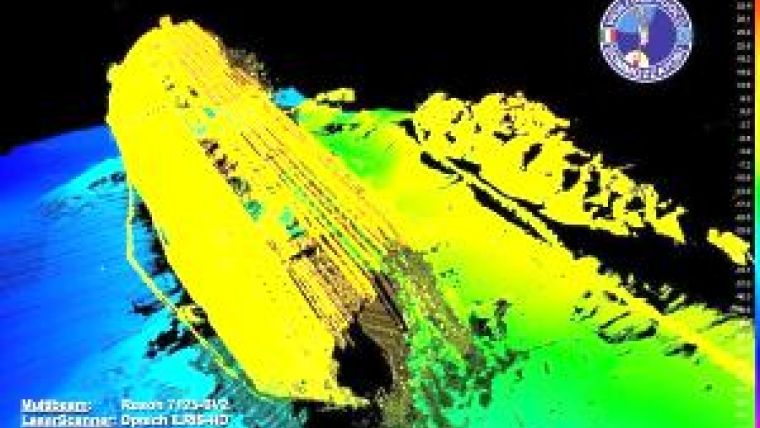Questions Raised about Costa Concordia Charts
The trial that aims to shed some light on the grounding of the cruise vessel Costa Concordia near Isola di Giglio, Italy, on 13 January 2012, has unearthed several errors. The watertight doors that should have prevented water entering the vessel were not closed, the black box was malfunctioning and booked in for maintenance on 14 January, and the charts used are said not to be approved.
It is not clear if the nautical charts used indicate the shoal on which the Costa Concordia ran aground. For ship owner Costa Crociere, the captain is responsible for the charts used for navigation. According to the statement made by the ship’s cartographer, Simone Canessa, the electronic charts “were not of the authorised type”. Costa Crociere stated that the ship was equipped with all the paper-based and electronic charts for the planned route, as will be shown during this stage of the trial. It is however the captain’s duty, on the basis of the voyage plan that he himself draws up, to ensure that the ship is equipped with every nautical chart that is needed. A captain who chooses to sail a route different from the planned itinerary is to ensure that the available charts are suitable in scale and accuracy of detail.
See also: Geomatics Usage on Costa Concordia, Costa Concordia: Rock Not Charted or Erroneous Navigation














